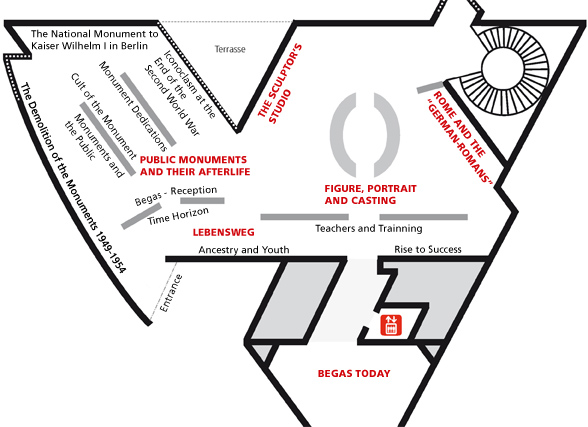

The Demolition of the Monuments 1949-1954
After 1945 Begas’ monuments that lined the streets and squares became deliberate victims of politically motivated destruction on the part of administrations in both the East and West parts of Germany. In times of violent conflicts and political upheavals monuments are often destroyed as symbols of a rejected social system. Iconoclasm – an enduring anthropological phenomenon up to our present times – is sparked off by monuments because they create “history images”. The members of the Central Committee of the East German SED had grown up in the opposition during the German Empire and therefore thought it necessary to fight against the symbols of “feudalism” and “Prussian militarism”, which, according to them, paved the way for “fascism and war”. The politically motivated process of destruction, against which words of admonishment were also voiced, was often scrupulously documented in photographs as current events worth recording. Even in West Berlin and West Germany numerous monuments were dismantled, buried, stored away or relocated. The burying of the statues of the Siegesallee (Avenue of Victory) in 1954 was carried out as a secret action..

